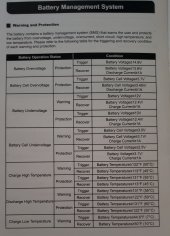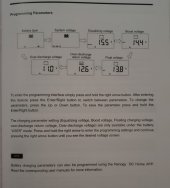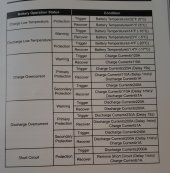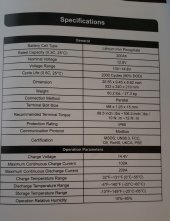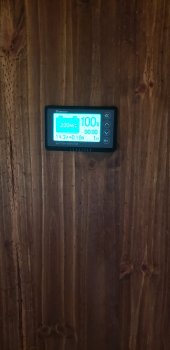Battery management, BMS, settings are to protect the battery from abnormal conditions, charging values are a seperate issue.
The only settings that relate to charging are boost and float, ( ignore equalise for lithium). Boost Return volts determine when charging will resume to boost volts target. Boost duration holds the voltage constant for a time once boost volts has been reached.
Note that with the default lithium setting on the Rover there is no float setting, and no boost duration.
All other settings for the charge controler relate to the load output or warnings.
When the charger wakes up in the morning it puts as much energy from the solar panels as possible using the maximum power process, MPPT, until the battery volts reach the 'boost' volts level. You can regard the boost voltage as a kind of 'target' the controller strives to reach.
With lithium batteries and low charge currents, once the battery exceeds 14.0 volts under charge its full or almost fully charged.
With the Renogy charger, using the default lithium setting , on reaching the boost voltage it stops charging.
Using alternative settings there will be values for boost duration and float voltage. Boost duration is where the controler holds the voltage constant at boost volts level once the target boost volts has been reached.
Once boost duration is completed the voltage falls to float volts. For lithium batteries, 13.4 or13.5 volts is used.
If the voltage falls below 13.2 volts, ( boost return volts), for any of the preset modes, the charger puts into the battery as much power as possible untill the battery voltage reaches the boost target voltage .
The settings I gave for the battery monitor in post #5 are OK and should give good results. The only possible issue is if the battery , under charge, does not exceed the 'full V' voltage of 14 volts.( reaching 'full V' causes the monitor to sync to 100%)
As previously discussed, due to battery slight cell inbalance and inacurate calibration of the charger, 14.4 charge, boost volts, may cause battery BMS to enter protection mode. Lowering the charge voltage, boost voltage, may be needed.
Mike



